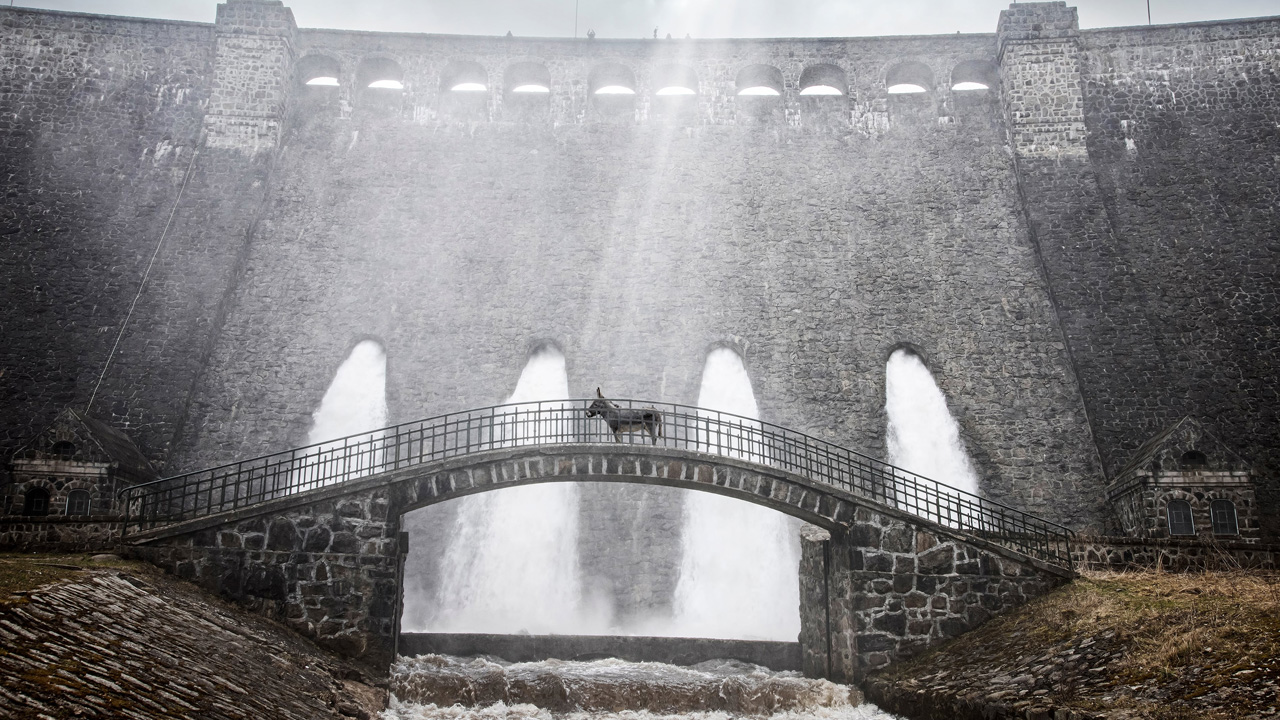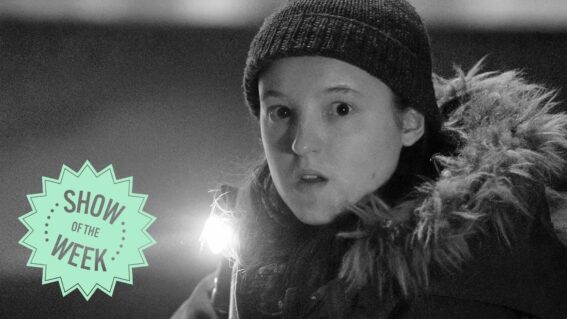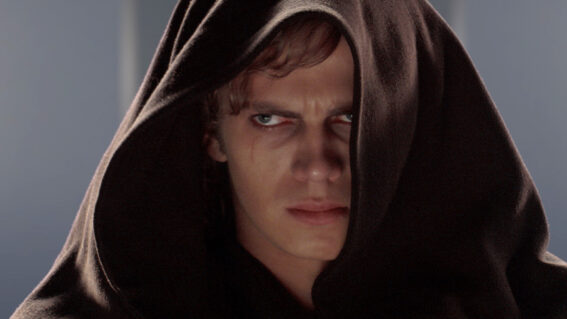Doing NZIFF? Here’s why you should see the trippy donkey movie

If you’re struggling to map out your Whānau Mārama: New Zealand International Film Festival schedule, Liam Maguren has some advice—watch trippy donkey movie EO.
There are countless reasons to dive into Whānau Mārama: New Zealand International Film Festival. It cuts through the cluttered blockbuster landscape with premium titles from lauded festivals across the globe, World Premieres of soon-to-be Aotearoa classics, engrossing portraits, vital documentaries, bloody weird shit, top-tier short films, and revered retrospectives.
There’s something for everyone and too much for just one person. A multi-trip pass is a fantastic way to experience all of the strands of Whānau Mārama (with a bit of strategic planning).
But not everyone has the time/money/privilege to do that. Fortunately, there’s one film that will give you as much of the Whānau Mārama experience as one could hope for in under 90 minutes: a trippy donkey movie called EO.
Listed in Whānau Mārama’s Spotlight section, alongside other “extraordinary films by the filmmakers influencing the state of contemporary cinema,” EO follows the misadventures of a former circus donkey as it roams the land and bumps into oddball humans—like a death metal truckie, a mob of football hooligans, and Isabelle Huppert.
It’s not the first feature film to centre on a non-talking animal. Heck, it’s not even the first arthouse donkey movie (that honour goes to Robert Bresson’s 1966 classic Au Hasard Balthazar). But there’s a clear cinematic verve and a certain crowd-pleasing appeal to EO which makes it stand apart from its contemporaries. Namely Andrea Arnold’s Cow, Elizabeth Lo’s Stray, and Viktor Kossakovsky’s Gunda—three strictly observational and unapologetically minimalist experiences.
EO is neither observational nor minimalist. It’s a hefty work of fiction, one that prioritises animal welfare in ways evident in the filmmaking. Not only is our lead portrayed by six different donkeys—Hola, Tako, Marietta, Ettore, Rocco and Mela—but particular edits and shot choices come into play when sequences demand too much from an animal. POV shots work the hardest here, especially when used to show humanity at its dumbest. Or its most heartless.

In these ways, EO is a true contemporary deserving of a place in the Spotlight section—a film that displays a love and respect for animals in the scenes and behind the scenes. But really, it could have gone into a bunch of strands in the Whānau Mārama programme.
The Widescreen strand highlights “the best and brightest films that drew our attention on the world stage.” The Cannes Film Festival is one of those stages, where EO was nominated for the Palme d’Or and took home the Jury Prize (ex aequo) last year. The film also collected a daisy chain of Best International Film nominations from other global establishments, including The Academy.
With all that attention, it seems criminal how Hola, Tako, Marietta, Ettore, Rocco and Mela all got upstaged by Jenny from The Banshees of Inisherin on Oscars night. Though I’m not sure being dragged onto a stage by Jimmy Kimmel would constitute good animal welfare practice.

And then there’s the Masters strand, which would never deny EO‘s co-writer and director Jerzy Skolimowski a spot on the list. Now in his mid-80s, the renowned Polish filmmaker is easily one of “those filmmakers whose work has lit up the screens for decades and whose careers we have followed for many years.”
Perhaps most impressively, the octogenarian auteur has crafted something fully deserving of a place in Whānau Mārama’s Fresh strand, reserved for films displaying an “energy and originality in terms of subject, technique and sensibility.” An arena filled with young filmmakers, Skolimowski’s dedication to the donkey perspective of the world—and the captivating cinematic techniques he uses to achieve this—are as fresh as anything you’ll see in the festival.
The film’s also quite strange. Perhaps not Incredibly Strange—there’s no costumed dog maniac or head-melting time travel stuff going on—but there are enough entry-level doses of weirdness to make the experience just that bit more memorable.

A lot of that weirdness comes down to the narrative itself, which doesn’t seek to wrap up its human subplots in tidy ways. We follow a donkey, after all, and a donkey doesn’t live by human-constructed forms of storytelling.
When Eo finds himself away from humanity, the film indulges in some buzzy sequences of strobing lights and hallucinogenic cinematography by Mychal Dymek (with additional footage by Pawel Edelman and Michal Englert). These moments are best left for you to digest and it’s an absolute gift to be able to succumb to them on the big screen.
Despite a somewhat abrupt ending, EO leaves you with the feeling you want to experience from contemporary cinema showcased in Whānau Mārama. It’s bold, challenging, distinctive, visually dazzling, wonderfully outside the norm, and clearly the work of a master filmmaker.
And like most great Whānau Mārama experiences, EO puts the viewer directly into someone else’s shoes. They just happen to be hooves.





















